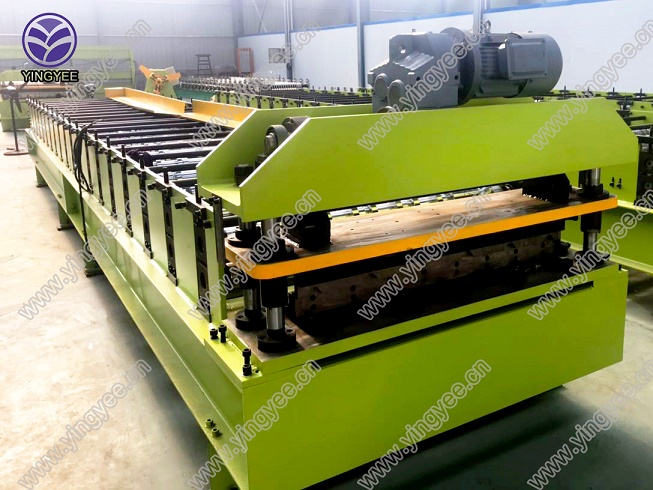
The Importance and Process of Strut Channel Roll Forming
Strut channels are essential components in various construction and industrial applications. They serve as a versatile framework for supporting mechanical systems, electrical conduits, and other structural elements. The process of creating these strut channels is known as roll forming, which is a highly efficient manufacturing technique that offers numerous advantages over traditional fabrication methods.
Understanding Roll Forming
Roll forming is a continuous bending process in which a long strip of metal is passed through a series of rollers to achieve the desired cross-sectional shape. This method is particularly advantageous for producing long lengths of metal sections with consistent profiles. The process typically begins with a coiled metal strip, which is unrolled and fed through a series of rollers that gradually shape the metal into a strut channel.
Benefits of Roll Forming for Strut Channels
One of the primary benefits of roll forming strut channels is its efficiency. The continuous nature of the process allows for high production rates, which is essential for meeting the demands of large-scale projects. Additionally, roll forming generates minimal waste compared to cutting and welding methods. Since the metal is simply reshaped rather than cut away, manufacturers can maximize the use of raw materials, reducing costs and environmental impact.
Consistency is another significant advantage. Roll forming produces uniform sections with precise dimensions and tolerances. This precision is crucial in construction and industrial applications where structural integrity and reliability are paramount. Variations in dimensions can lead to complications during installation and could potentially compromise the effectiveness of the entire framework.
Roll forming is also adaptable. Strut channels can be manufactured from various materials, including aluminum, steel, and even specialized alloys. This versatility allows manufacturers to cater to specific project requirements, whether they be lightweight structures or heavy-duty applications.
The Roll Forming Process

The roll forming process begins with metal preparation, where the raw material is selected and processed into flat strips. These strips are then fed into the roll forming machine, where a set of rollers gradually shapes the metal into the desired profile. Each roller adjusts the shape incrementally until the final product emerges from the machine.
After the strut channels are formed, they often undergo additional processes such as trimming, punching, or welding. These secondary operations are essential for adding functionality, such as pre-drilled holes for easier installation or connectors for assembling multiple channels together.
Quality control is an integral part of the roll forming process. Manufacturers often use advanced technology, such as laser measurement systems, to ensure that each channel meets specified tolerances. This commitment to quality ensures that the final product is not only fit for purpose but also safe for use in structural applications.
Applications of Strut Channels
Strut channels are widely used across various industries, including construction, manufacturing, and telecommunications. In construction, they provide support for electrical systems, plumbing, and HVAC installations. In manufacturing, they serve as mounting frameworks for equipment and machinery. Telecommunications companies utilize strut channels for supporting cable management systems and networks.
The versatility of strut channels means they can be used in a variety of configurations. They can be installed horizontally, vertically, or at any angle, allowing for flexibility in design and installation. This adaptability makes them suitable for both new construction and renovations, providing an efficient solution to mounting and supporting a wide range of systems.
Conclusion
Strut channel roll forming is a vital manufacturing technique that meets the needs of modern construction and industrial standards. Its efficiency, precision, and adaptability make it an ideal choice for producing high-quality strut channels that support a multitude of applications. As industries continue to evolve, the roll forming process will likely remain a cornerstone of structural engineering, providing essential components that contribute to the safety and functionality of our built environment.